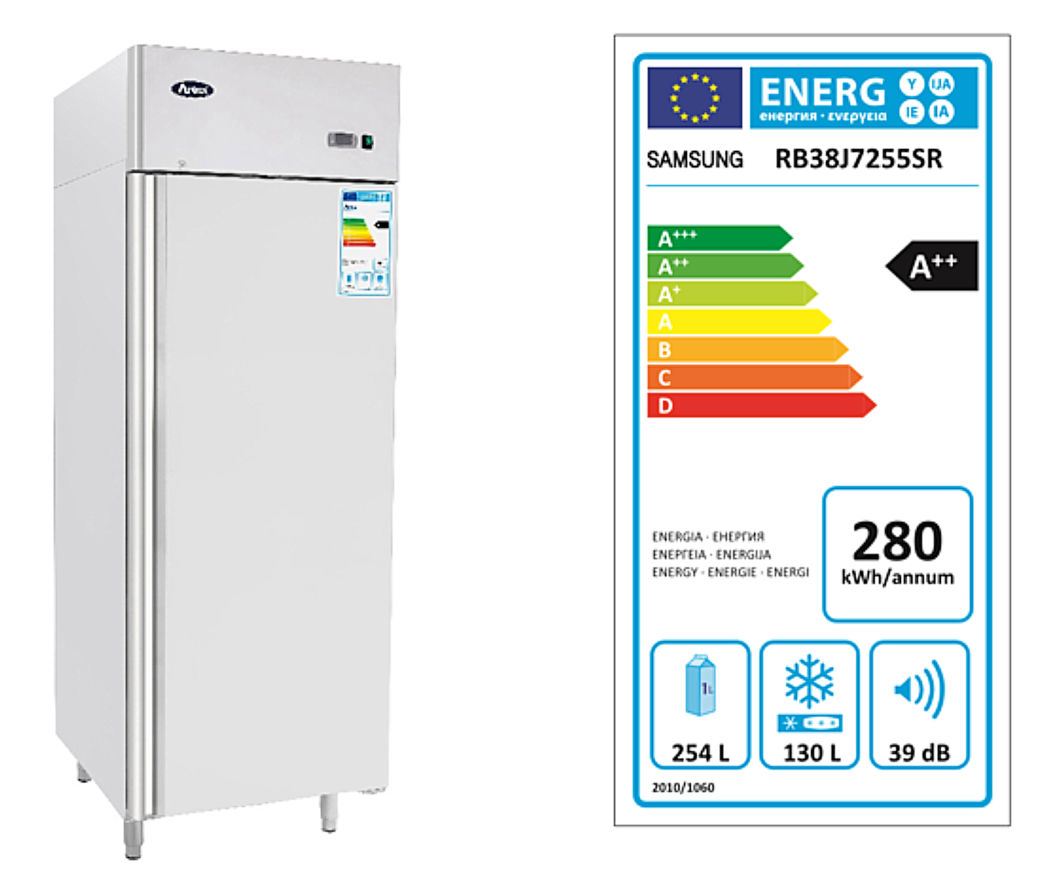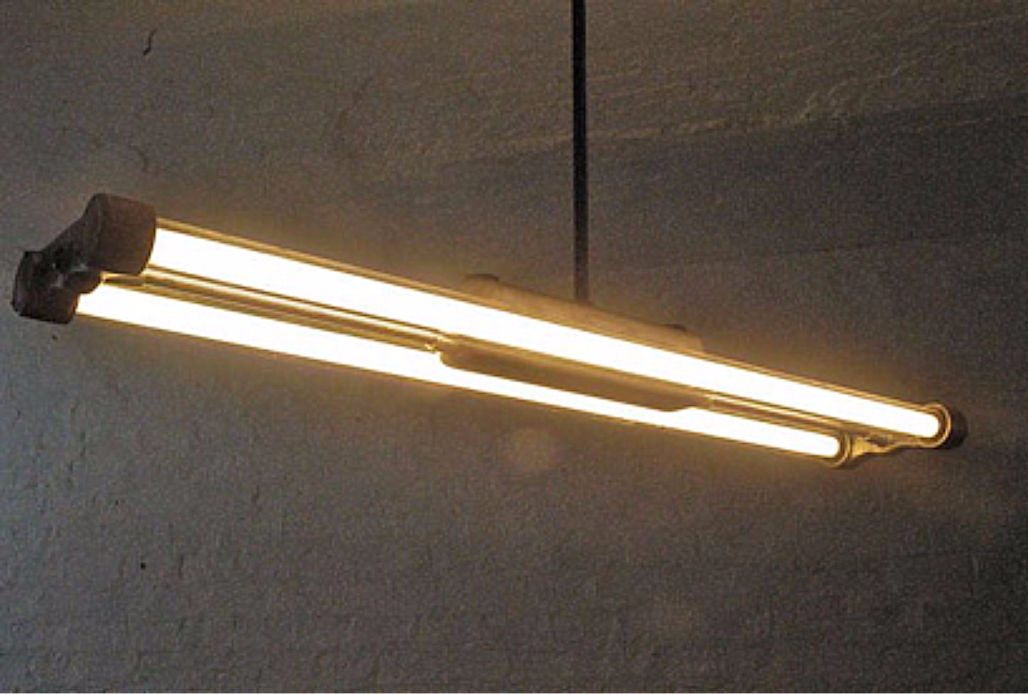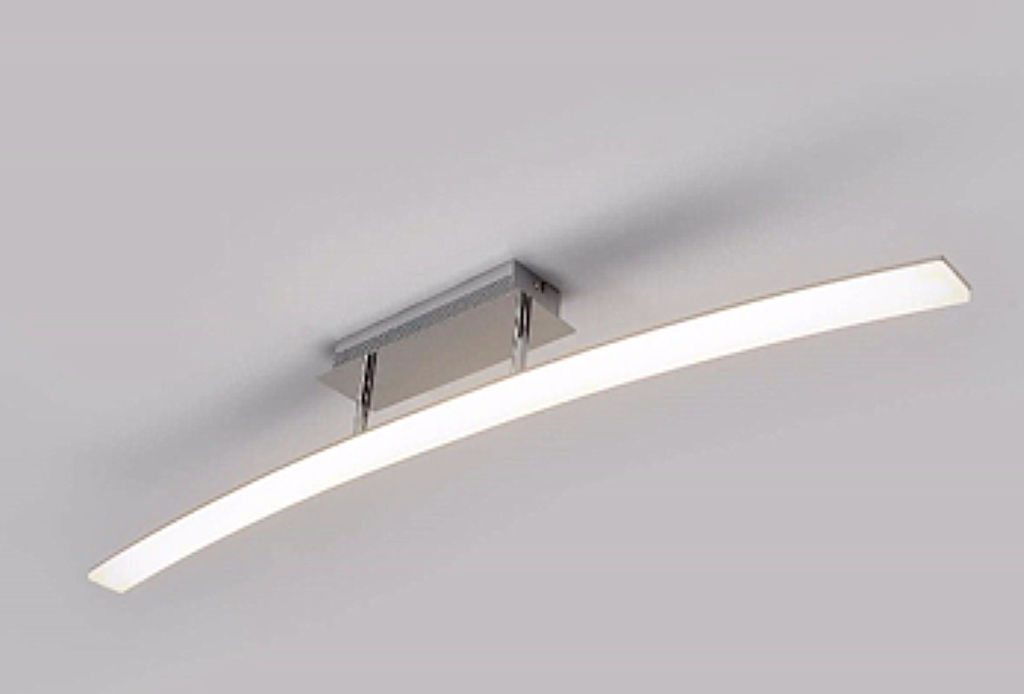
Inefficient and numerous household appliances are the second largest contributor to energy demand in the domestic stock, accounting e.g. for 29% of the medium energy intensity house electricity demand. Of this, it was calculated that refrigerators comprise the majority of appliance demand. Therefore, when aiming to reduce electricity demand of this area, improvements in efficiency were proposed, specifically regarding fridges.
This is a simple measure, in terms of replacing older model inefficient fridges with newer model, efficient fridges. An inefficient fridge rated at 180W/hr, operating over a 12-hour cycle (in warm climate), could constitute 2.15 kWh/day, and 788 kWh/yr (due to the continual need for fresh food).
With the proposal to switch this inefficient model for a more efficient one, e.g. rated at 280 kWh/yr, thus an energy consumption demand reduction of 500 kWh/yr is achievable. This equates to a 60+% reduction in electricity demand from upgrading to a more efficient model.
Such efficient models are predicated by the existence of appliance energy efficiency labelling such as the EU Energy labelling scheme (such as in Figure 1), yet this may or may not be in existence in developing countries. Another factor to consider is the cost of upgrade, yet it is expected that there would be financial gains made from electricity savings which would offset initial capital.

Inefficient lighting can be a substantial factor for higher energy demand in the domestic sector, which can be cumulatively extended over a city-scale. Notably fluorescent tube lights (FTL’s), which are relatively common across Pakistan, can have a 43W demand, with a percentage of this stemming from the ballast component.
It was proposed that these inefficient FTL’s within the housing stock, could be replaced with more efficient LED lighting units. For the study modelling, LED’s with 20W rating were selected. Based from the IES model room count of 10 rooms, the total number of bulbs required to approximately cover the space was estimated at 1 per room, apart from the family room/open area, where 2 bulbs per room were used due to the larger area.

As evidenced in Figure 1, the total electricity demand for each bulb type was calculated from this via simply multiplying the total number of bulbs by their power rating to obtain room grouping values, and then total house values. These latter values were 474W for the FTL’s to be replaced, and a lower figure of 220W for the LED retrofit proposal.
Daily energy consumption was considered using an average lighting demand period of 4 hours per day. Thus, with the standard inefficient FTL’s installed, household lighting energy consumption was calculated at 1.896 kWh/day, and with the proposed retrofitted LED, at 0.88 kWh/day, therefore equalling a 53.6% reduction in demand of 1.016 kWh/day/house.

